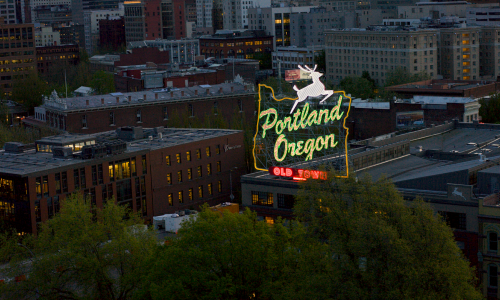Who owns the world’s tropical forests, and how is this changing? A white paper by Doug Boucher, Director of the Tropical Forest and Climate Initiative, shows contradictory trends.
On the one hand, there is the well-known phenomenon of “land-grabbing”—the transfer of agricultural land from peasants and indigenous communities to corporations and large landowners, often from foreign countries.
In the forest sector, on the other hand, the recent tendency has been for land to be transferred to local communities.
Trends in tropical land tenure vary by continent
- The white paper shows that these trends in tropical land tenure — the ownership and control of land — have differed greatly between continents, with the most land-grabbing and least transfer of forest land from governments to communities in Africa.
- In Latin America, land-grabbing has been limited and large areas of tropical forest have been put in the hands of communities. In the Brazilian Amazon, for example, over 20 percent of the forest is now in reserves controlled by Indigenous Peoples.
Land tenure trends have important implications
- Community control of forest land has been shown to be an effective way to reduce deforestation, and the transfer of forests in Brazil to indigenous communities has been one element of the country’s success in reducing deforestation by more than 75 percent over the past 8 years.
- Such transfers could be an effective strategy for tropical forest countries to receive funding for reducing deforestation (as Brazil has, from Norway), since international payments for reducing deforestation have been based on the national deforestation rate, irrespective of who owns the land. Thus, ironically, governments could benefit financially from giving land away to communities rather than retaining control of it themselves.



